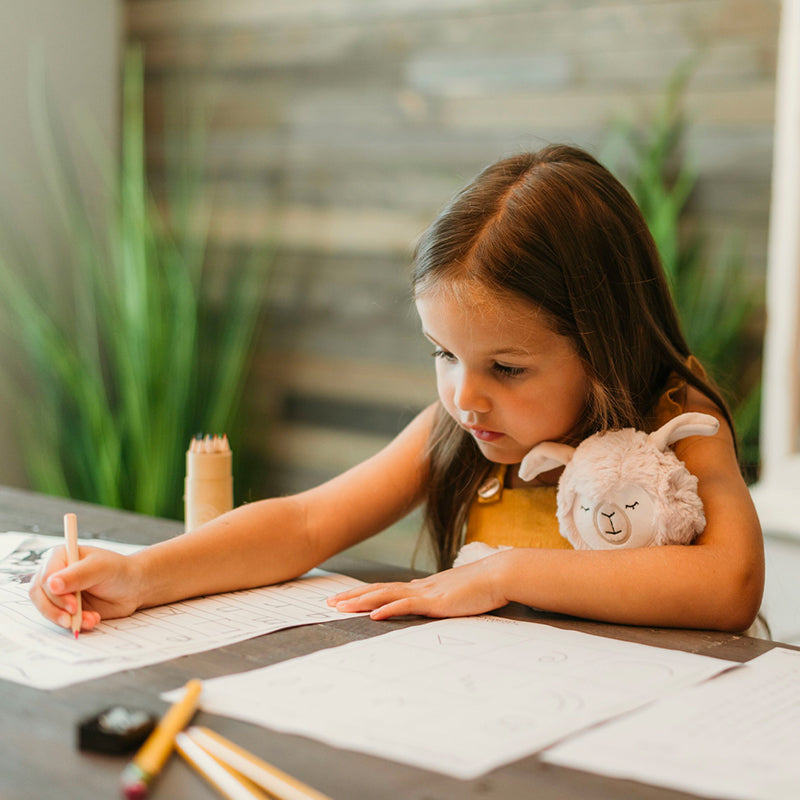5 tips for Supporting Emotional Wellness in the Classroom this Winter
Teachers, we have made it to the middle of the winter. The holiday and new year excitement is wearing off and we are all realizing that we are a long...way… from… summer. It’s typical for students, (and teachers) to get a little stir crazy at this time of year, but never fear- we’re here with some tips and tricks to lift your classroom spirits.
Here are a few activities and ideas we have for you to make this time of year a little more enjoyable for all.
1) Cozy Classroom Rituals
- Have a “cozy day” where students get to dress up in their most cozy outfits to their classes.
- Play a “virtual fireplace” at circle time and imagine you are sitting around a fire telling stories or checking in about the day.
- Learn about different cultural practices that happen in the winter around the world (example: hygge)
- Try adding movement activities (tailored to student needs and abilities) into daily tasks. Perhaps students get to do 5 bunny hops after finishing their writing assignment etc.
- Play follow the leader, let each student lead a movement for the class to follow
- Try all-class yoga or our yoga movements on Youtube (link)
- Have students draw a picture of a vacation they would like to take
- Have students engage in a collaborative art project where they each add one element of something that makes them “happy” to a collective board (this can be adapted for virtual learning with a few modifications).
- Check out some of our resources that elicit creativity here (link)
- Have an Indoor snow day! Create paper snowflakes. Crumple up tissue paper to make snowballs and have an indoor snowball fight. Pin the carrot on the snowman. Have some fun and get creative!
- Add a celebration into an existing lesson. What are you studying now, could you make that topic into a celebration to enhance learning and engagement?
- Have the class make up their own holiday and vote on the one they want. Knock-knock joke day? Feelings Day?
5) Classroom Gratitude Practice
- Set up a gratitude wall. Have students write messages on a post-it note or write on a class white board to add to the wall when they experience something they are grateful for.
- For pre-writers, fill a gratitude jar! Use marbles, pom-poms, stones, etc.as a physical representation for young students when they realize something they are grateful for.
- Check out our Gratitude Collection and resources for additional ideas and materials for the classroom.







